Revolutionary site with a red history (10)
Writer: Cao Zhen | Editor: Vincent Lin | From: Shenzhen Daily | Updated: 2021-05-26
NANTOU Ancient Town in Nanshan District has a long history, stretching all the way back to year 331. Once a coastal defense fortress and gatekeeper of the Pearl River, it was the capital of Dongguan Prefecture, which used to include areas from present-day central and eastern parts of Guangdong, Hong Kong and Macao.
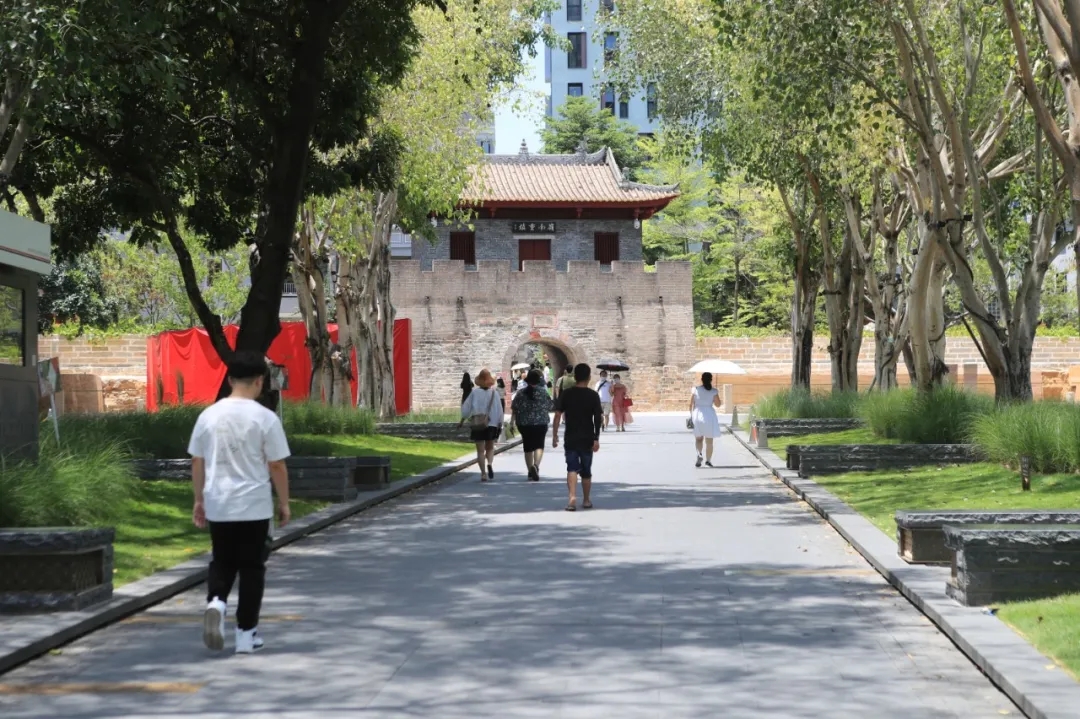
Nantou Ancient Town. Photos by Sun Yuchen except otherwise stated
The current Nantou Ancient Town, built in 1394, later became a government office location for Xin’an County in 1572. Inside the town, there is Guan Yu Temple, built in 1612, and Dongguan Guildhall, built in 1868 for Dongguan merchants. The Xin’an County Government Office is a reproduction of the original that operated from 1572 to the early 20th century.
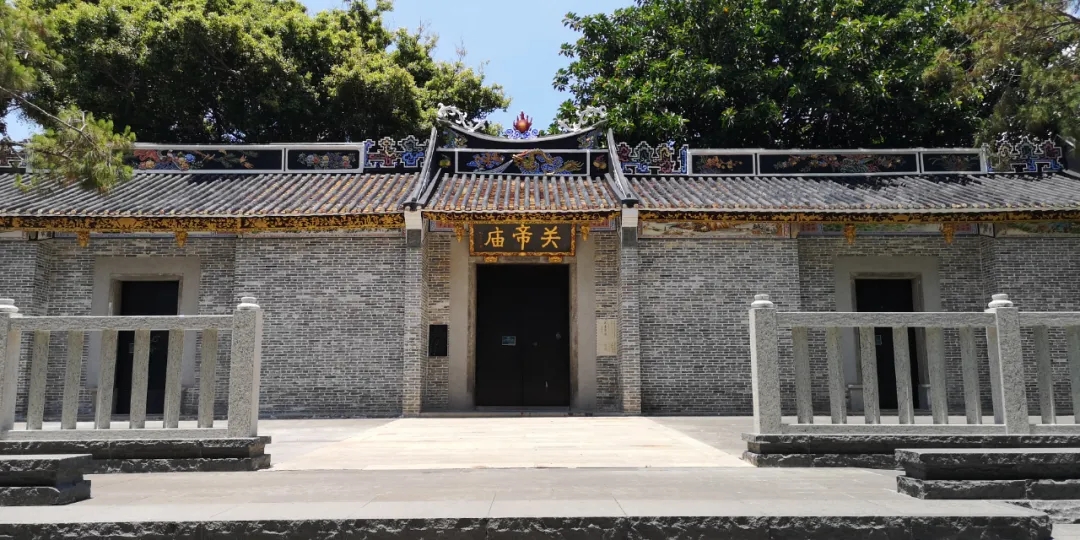
Guan Yu Temple in Nantou Ancient Town.
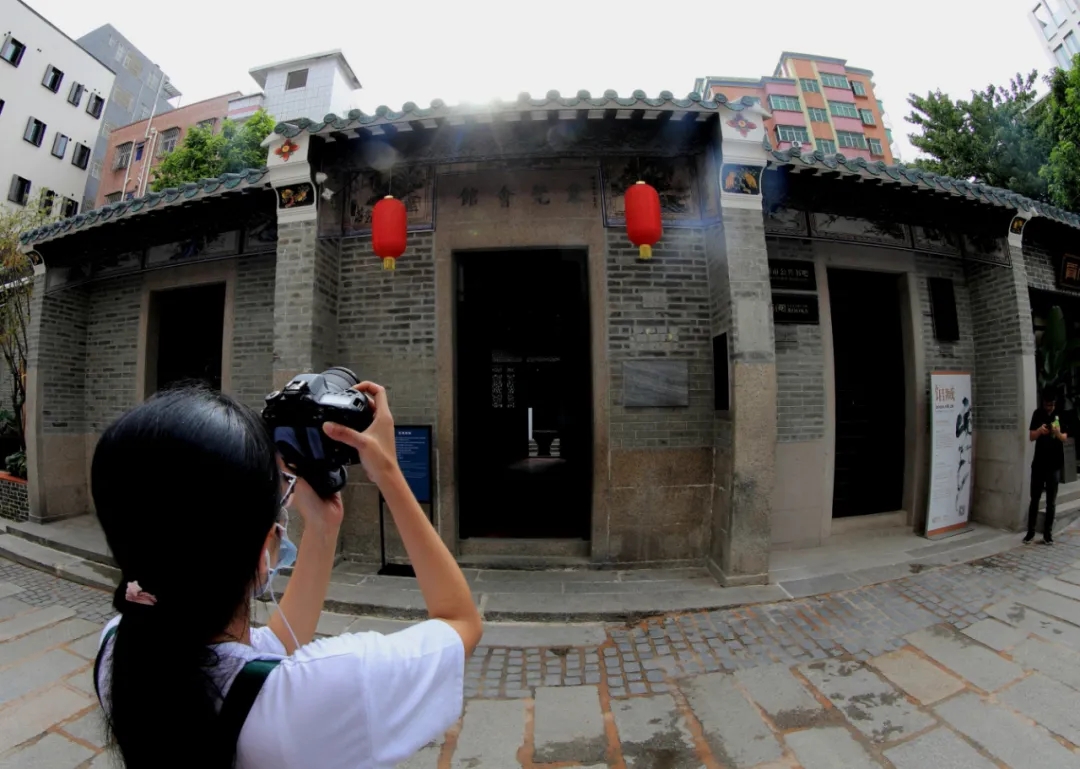
A visitor takes photos of Dongguan Guildhall in Nantou Ancient Town.
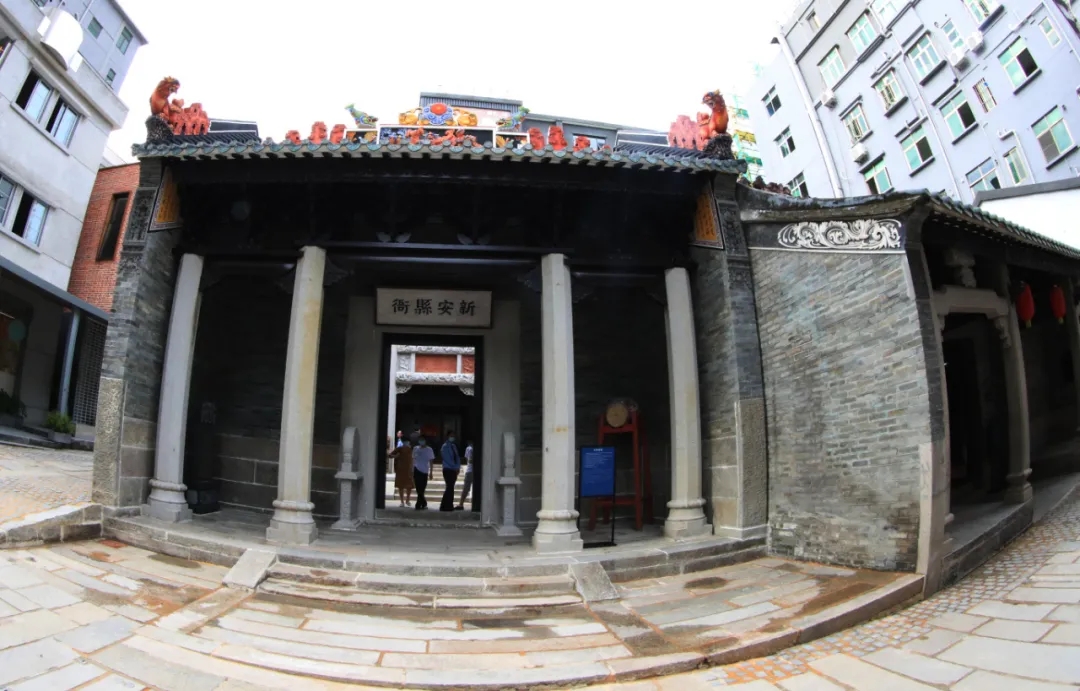
The Xin’an County Government Office is a reproduction of the original that operated from 1572 to the early 20th century.
During the Chinese People’s War of Resistance Against Japanese Aggression, Nantou Ancient Town was occupied by Japanese invaders several times. The invaders built 17 blockhouses along the walls and more than 10 blockhouses inside the town, with many civilian houses transformed into Japanese barracks.
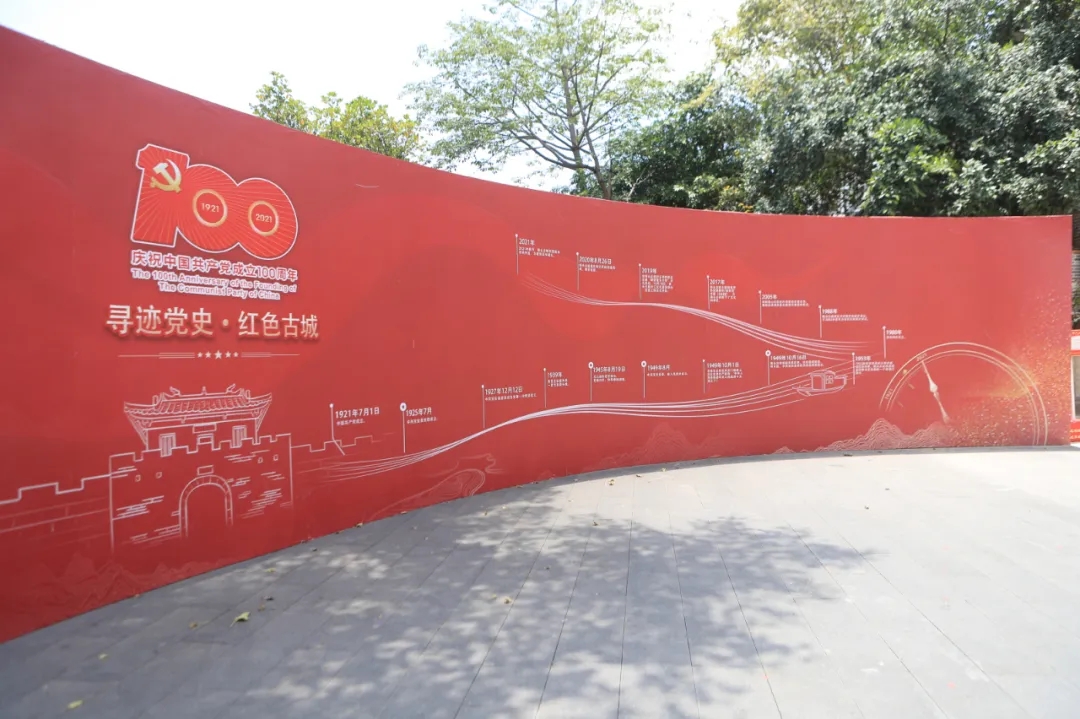
An information board chronicling the main revolutionary events in Nantou Ancient Town.
Meanwhile, guerrilla soldiers, led by the Communist Party of China (CPC), were based in Xixiang and in 1942 the Guangdong People’s Guerrilla Against Japanese Aggression was formed and destroyed the Japanese troops’ attacking operations many times.
After Bao’an County was liberated Oct. 16, 1949, the CPC Bao’an County Committee was moved to Nantou Ancient Town on Oct. 20, 1949. Kuomintang troops then retreated back to Neilingding Island. In the battle to liberate the island April 18, 1950, 16 People’s Liberation Army soldiers bravely sacrificed their lives for the cause.
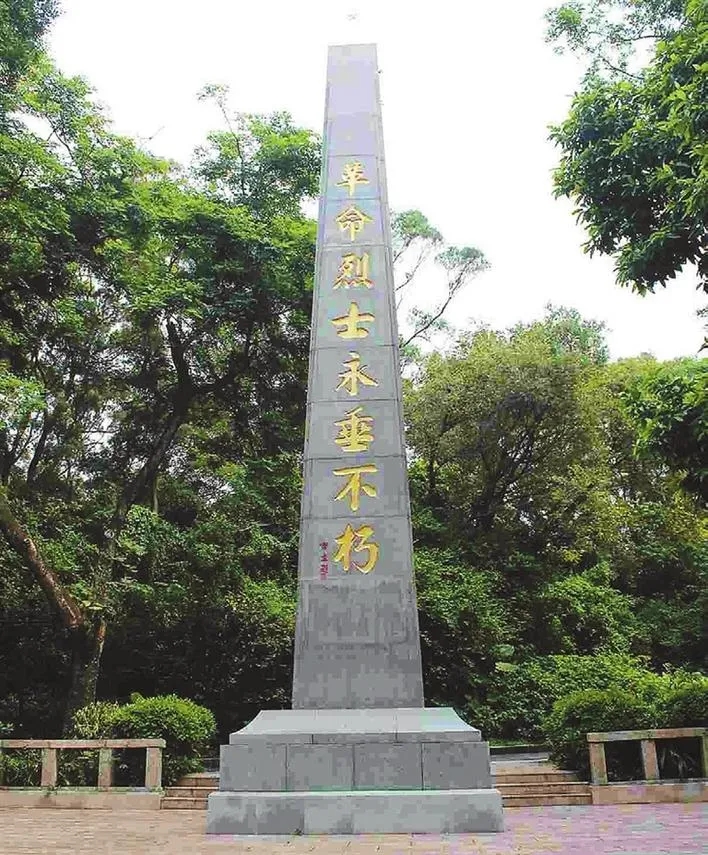
A monument near Nantou Ancient Town commemorating martyrs in the liberation of Neilingding Island. File photo
A 12-meter-tall monument, erected in 1950, was inscribed with the words “Revolutionary Martyrs Are Immortal” written by Zeng Sheng, commander of the Dongjiang Column of Guangdong People’s Guerrilla Against Japanese Aggression. A new monument was built in 1995 in Zhongshan Park, north of Nantou Ancient Town.
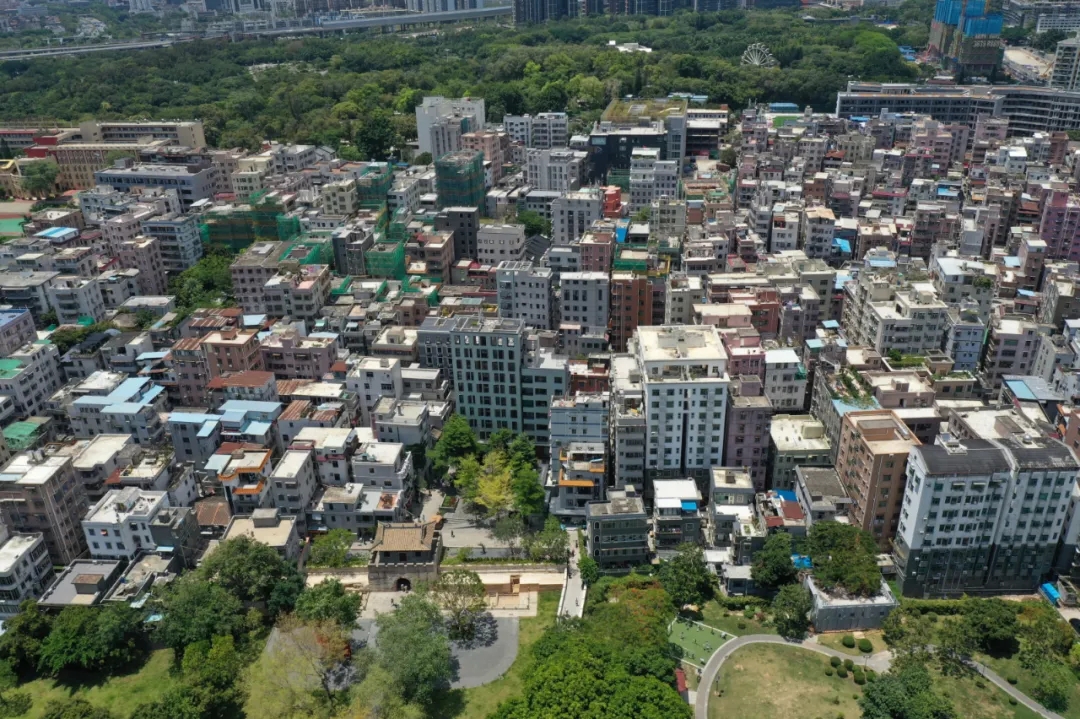
A bird’s-eye view of Nantou Ancient Town.